
Confined space drone inspections
Indoor, underground and confined space drone inspections in Ireland.
Let's talk
Indoor, underground and confined space drone inspections in Ireland.
Let's talkBy their nature, confined and underground spaces are dangerous to inspect. Left unattended, they are equally hazardous. Engineers with Drones perform confined space drone inspections with the purpose built confined space drone. Capturing instant and actionable data, to ensure the functionality and safety of your asset.
Confined space drone inspections eliminate the need for human entry into hazardous spaces, reducing the risk of injury or death from accidents, falls, or exposure to harmful substances.
Drones can cover more ground and reach difficult-to-access areas much faster than human inspectors, increasing the speed and accuracy of inspections.
Confined space drone inspections can save money by reducing the need for expensive safety equipment and minimizing the time and effort required for traditional inspections.
Drones equipped with advanced sensors and cameras can capture high-quality images and data from hard-to-reach areas, providing more detailed and accurate information than traditional inspections.
Drone inspections can transmit data in real-time, allowing inspectors to quickly identify potential problems or safety hazards and take immediate action.
Drones are a more environmentally friendly alternative to traditional inspection methods, reducing emissions and minimizing disruption to wildlife habitats and natural environments.
Quickly locate all current and potential safety issues in otherwise hard-to-reach or invisible areas.
Identify and document any section of your confined asset that may be suffering from an insulation defect.
Get instant and actionable data on the current status of your asset's fixtures, fittings and structure.
Locate and record current or potential areas suffering from erosion damage. Without risking worker safety.
Measure real-world distances and volumes within confined space assets instantly and accurately.
Find delamination in concrete structures with little to no downtime. Quick, reliable and cost-effective.
Indoor drone inspections offer a range of benefits over traditional inspection methods. They can significantly reduce the risk of injury to human inspectors, particularly in hazardous or hard-to-reach areas. Drones can easily access tight spaces, especially at height, providing you with a thorough and detailed inspection without endangering personnel.
Additionally, drones can complete inspections much more quickly than humans, saving time and reducing costs. No need to bring in extensive scaffolding or platforms. They can capture high-resolution images and video footage, enabling inspectors to identify potential issues and areas of concern with greater accuracy.







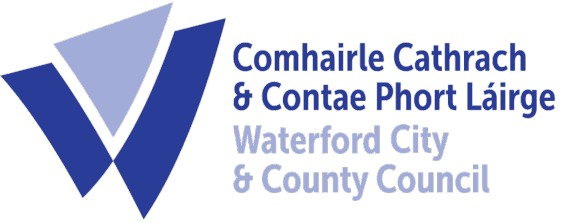

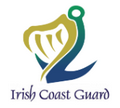
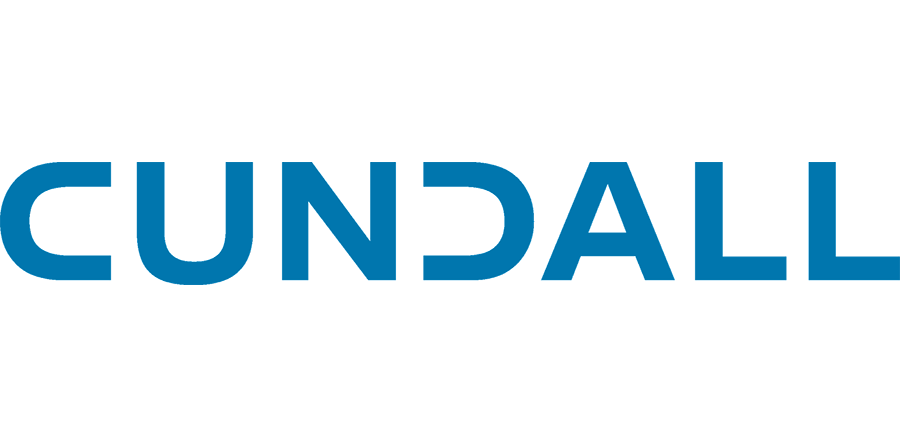










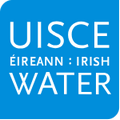

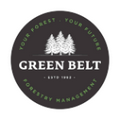





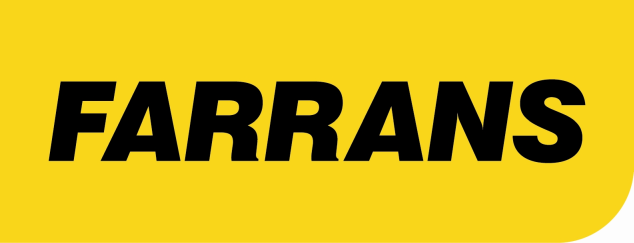
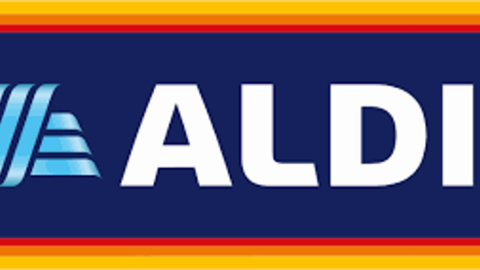






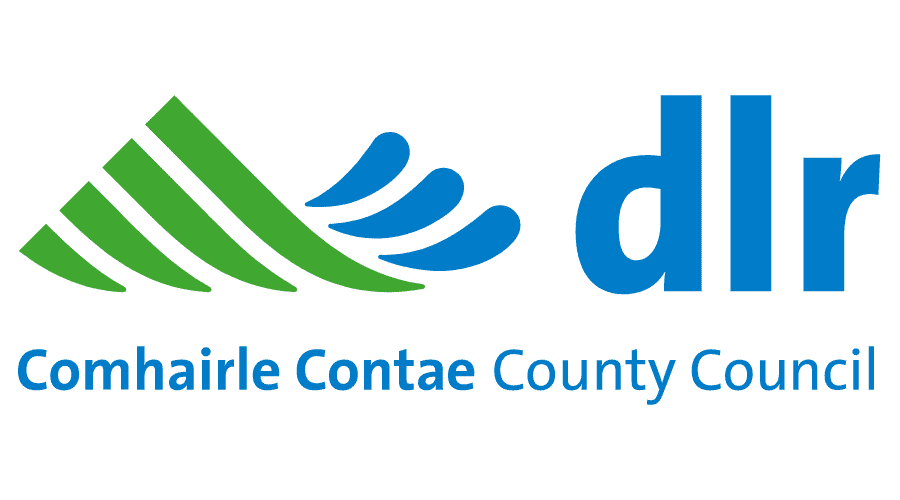











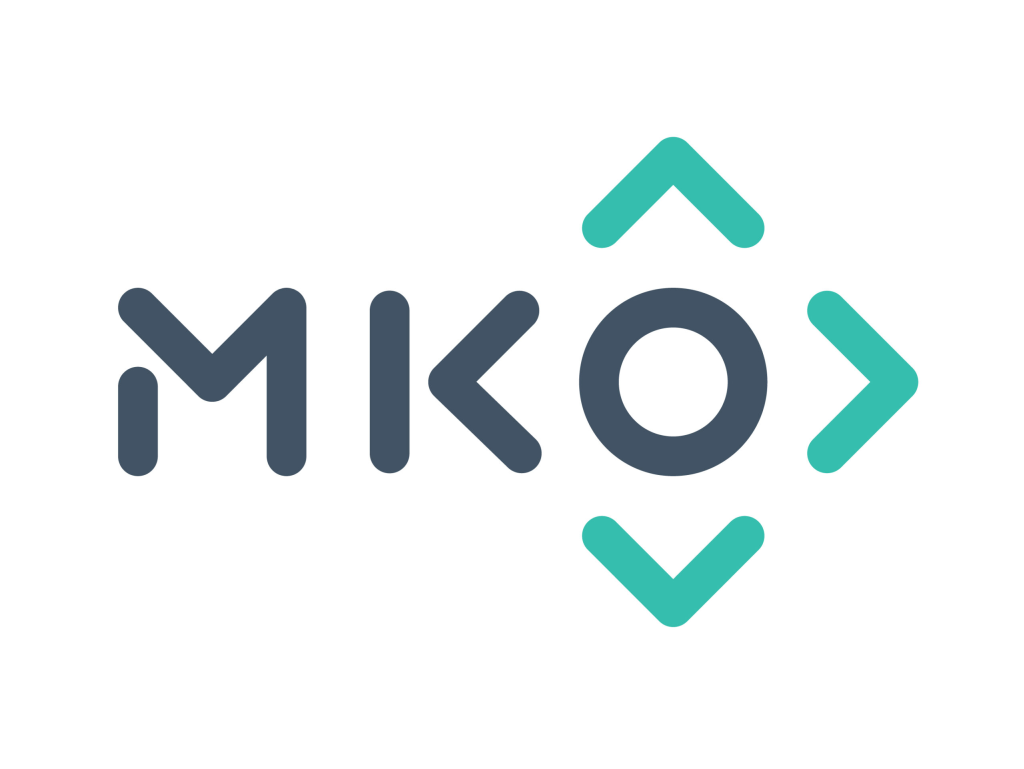
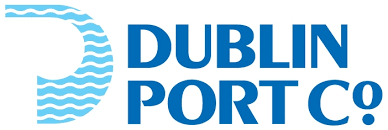

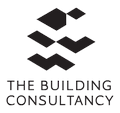







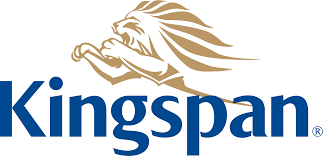












































































































































We use cutting-edge technologies to detect problems that would otherwise be invisible. These include 4K ultra-HD photography/video, LIDAR and thermal imaging.
Drones aren't just for flying up in the sky. Our specialist drones can fly into confined spaces like chimneys and boilers to look for issues that would otherwise be inaccessible.
Downtime is expensive and inconvenient. Using a drone, our engineers can conduct a thorough survey with little to no downtime.
Our equipment won't touch or even go close to your assets. Our high-resolution cameras use optical zoom to give extreme close-up views while staying a safe distance away.
We understand that you need answers fast. We can deliver a plain-English report with clear-cut conclusions in days. Then, you can take the steps you need to and get back to doing what you do best.
Need us there in a hurry? No problem. Let us know what you need, and we can be there on the same day. After all, sometimes the problem just won't wait.
Sometimes the brief can change even in real-time. If need be, you can be stood there right next to the drone operator, directing them as the situation develops.
The safety of your personnel and our own is paramount, and we place it at the forefront of our company culture. Ask us about our HSSE systems and practices.
Confined space drones are incredibly versatile, and we use them in various types of inspections serving multiple industries.
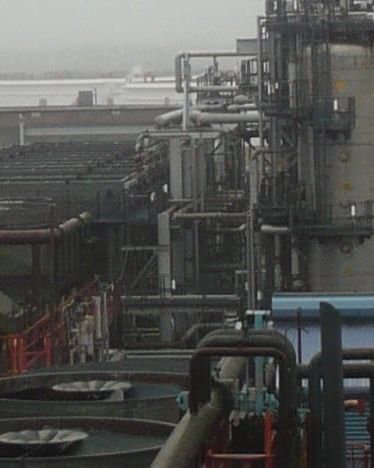
Keep production running while collecting instant critical data
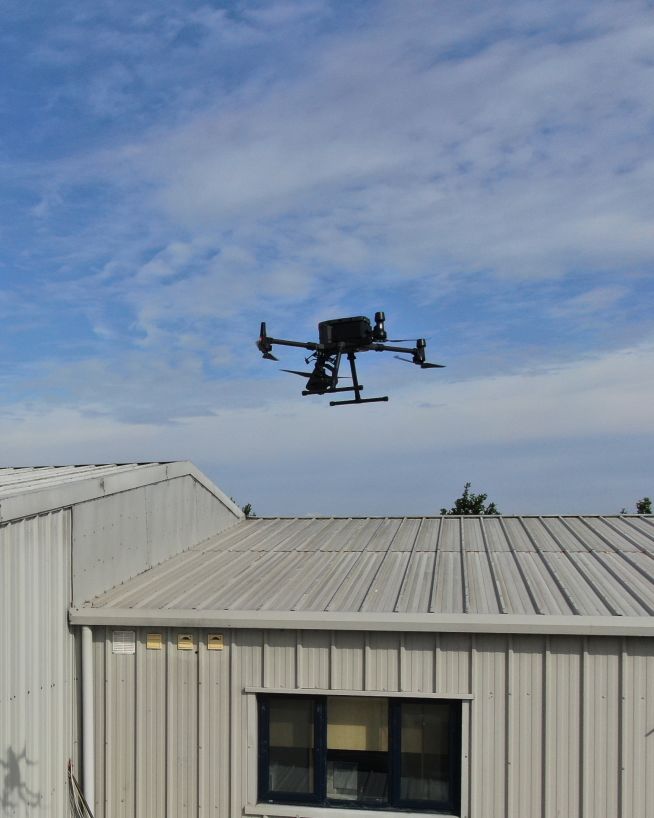
Accurate, safe and instantly actionable data collection
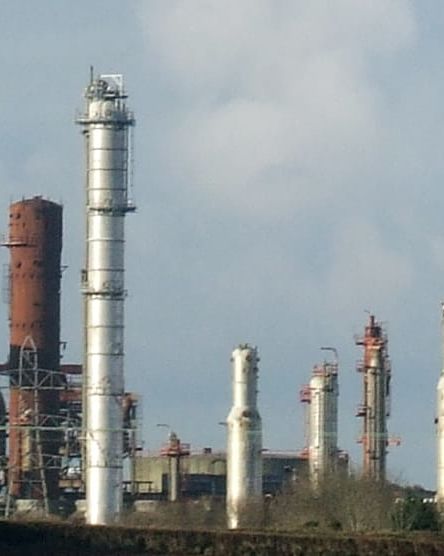
Actionable data from a safe distance, with less downtime
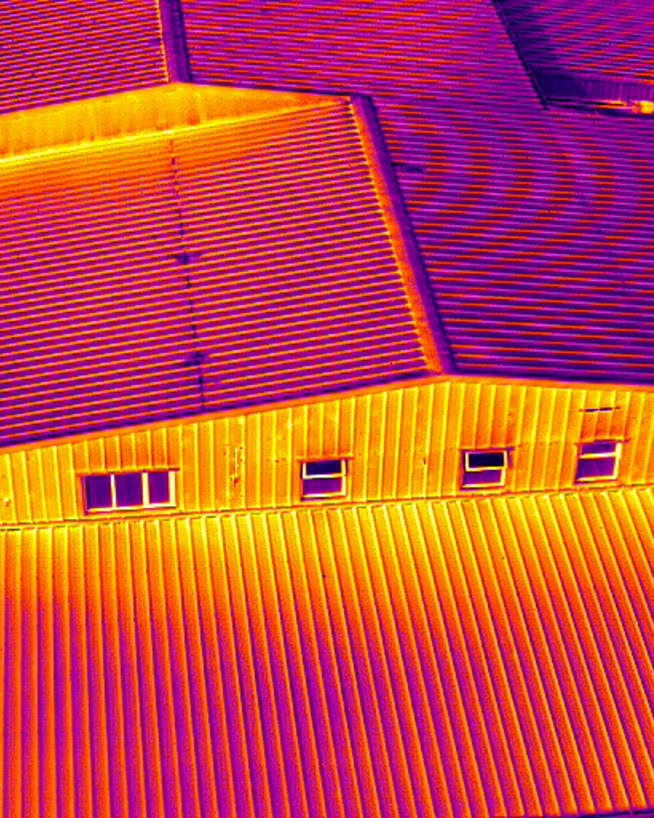
Record and document reliable visuals without safety concerns
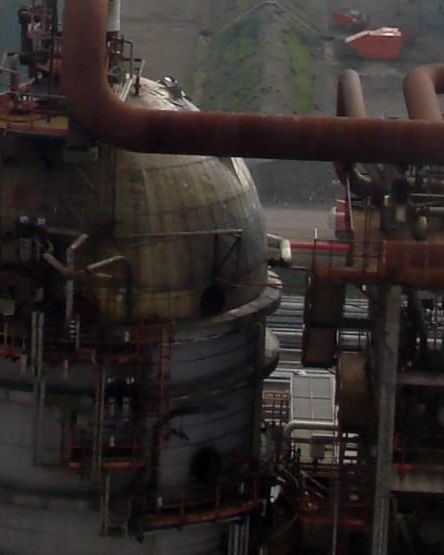
Fast, actionable data without the risks of traditional inspections
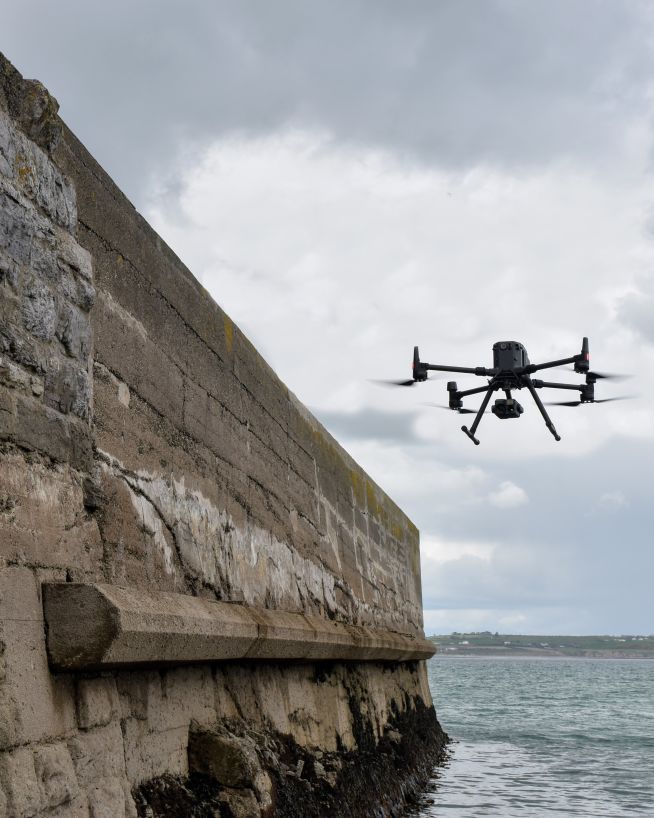
Monitor coastal assets safely and with more precision
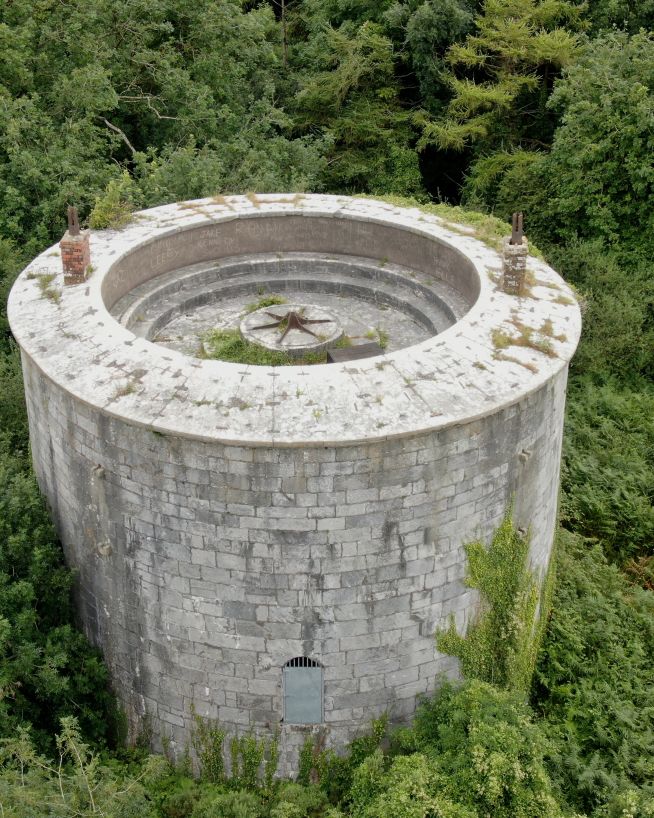
Analyse historical buildings without risk to people or property

Efficient, fast and safe.
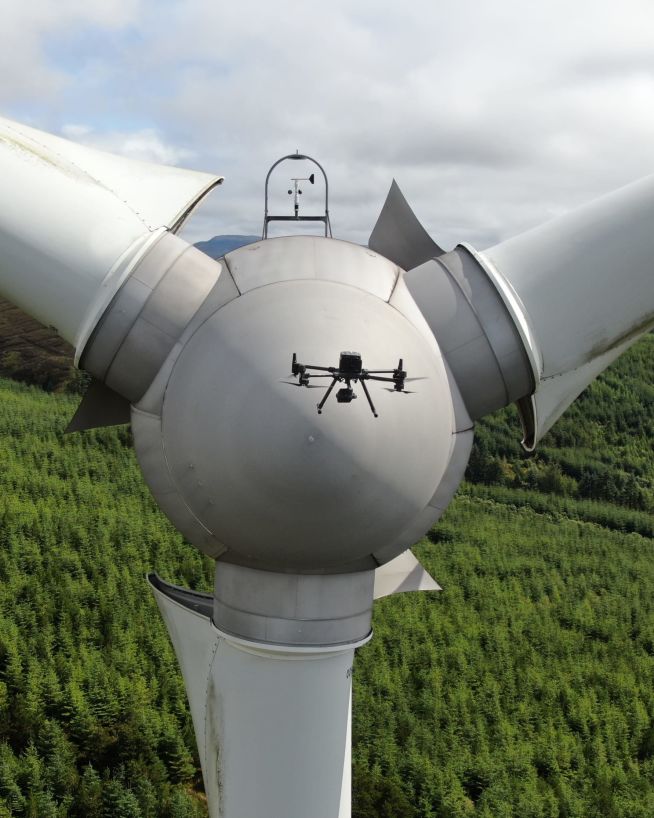
Inspect and maintain energy assets without risk or downtime
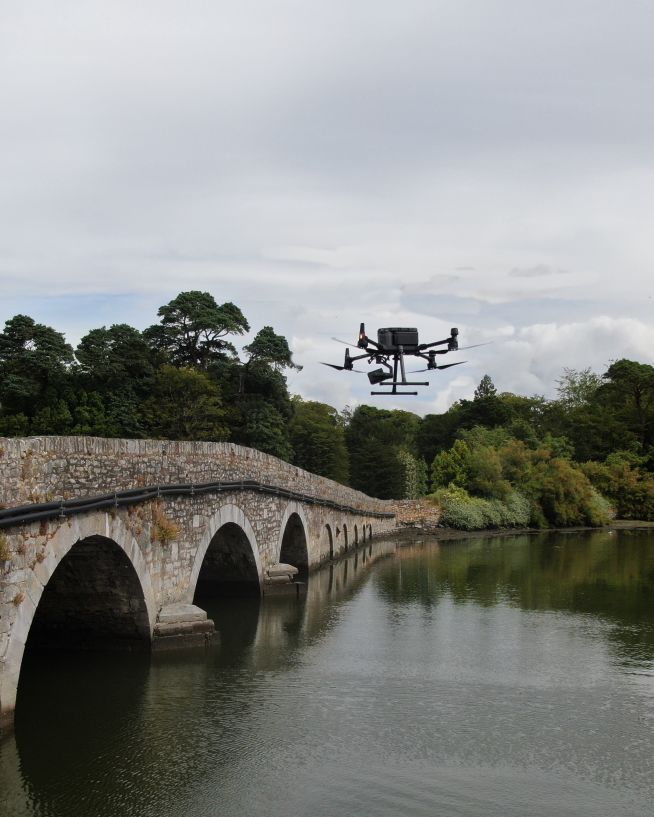
Safer, more cost-efficient, with less downtime
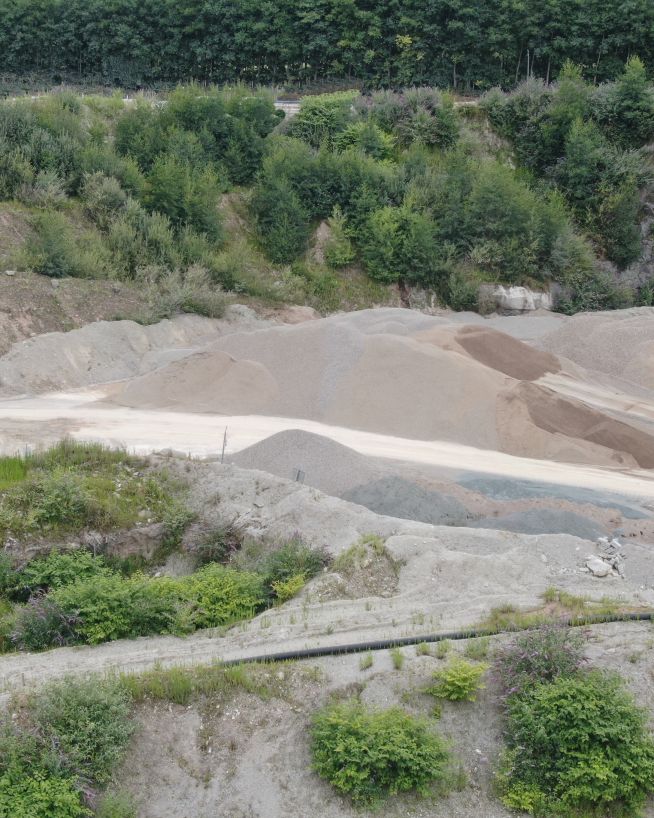
Monitor status and progress without downtime

Safe, precise and instant reports on vessels and infrastructure
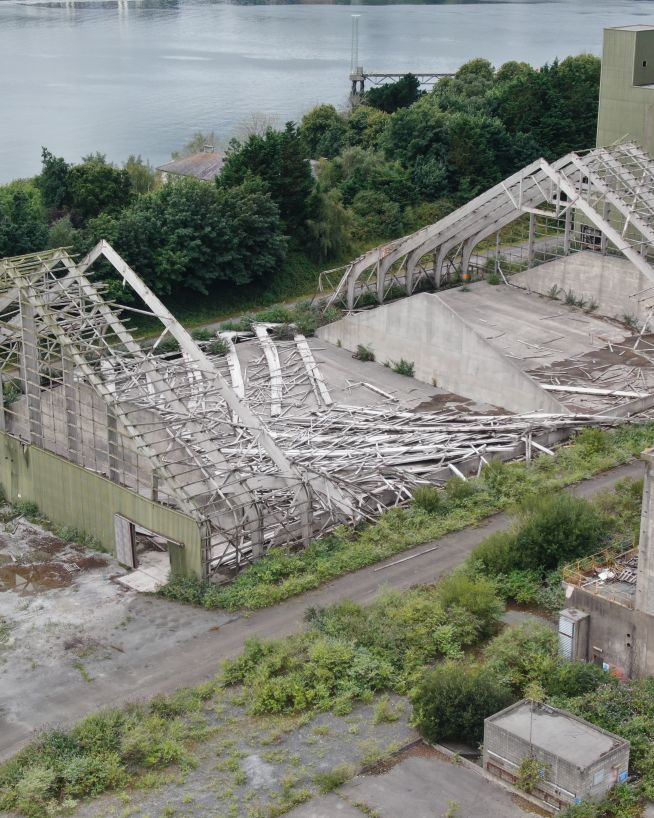
Assess damage quickly and with pinpoint accuracy
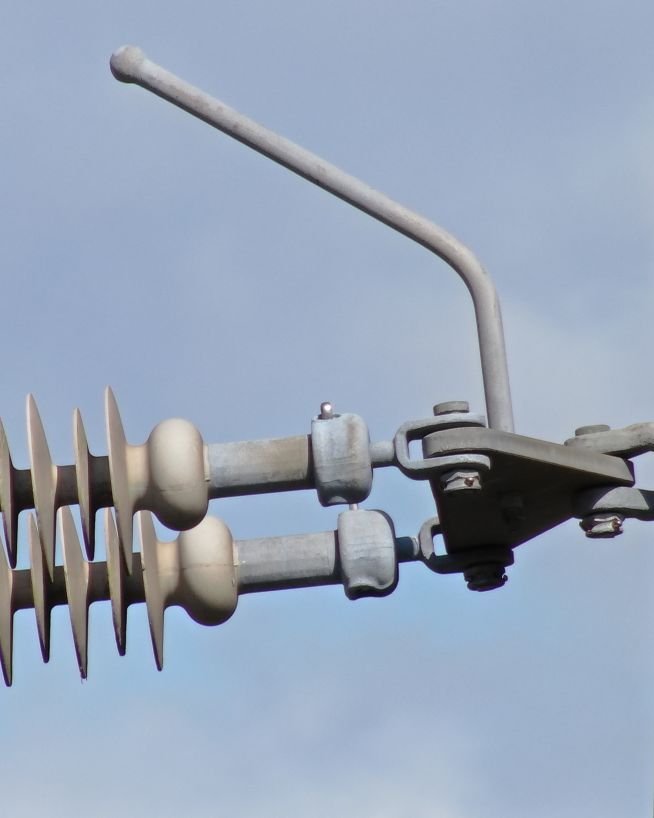
Instantly usable data via a safer and more cost-effective process
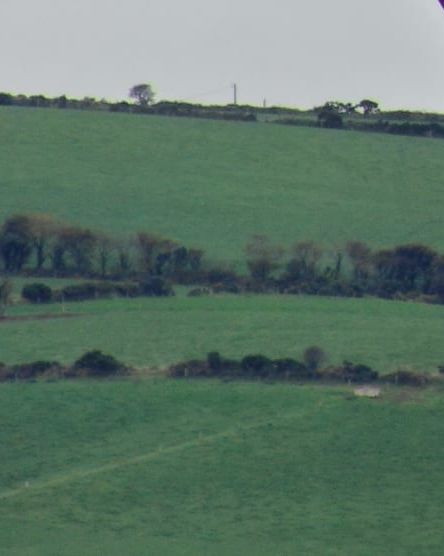
Critical, pinpoint details with none of the risk
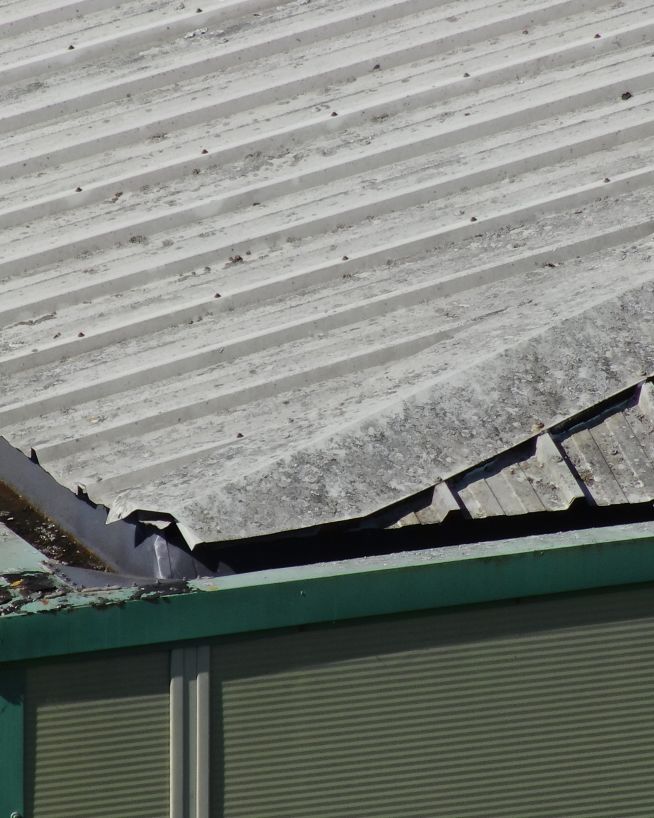
Clearer, faster results without the risks
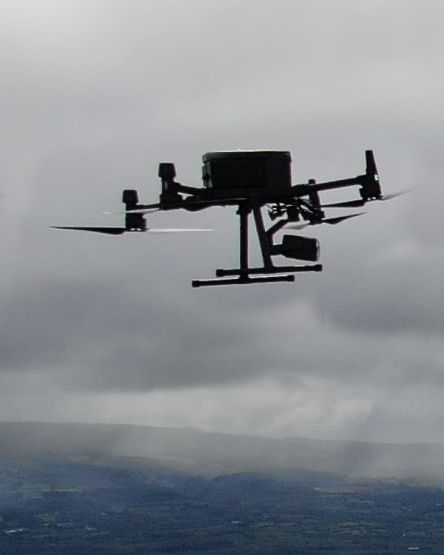
A more cost- and time-effective way to receive critical data
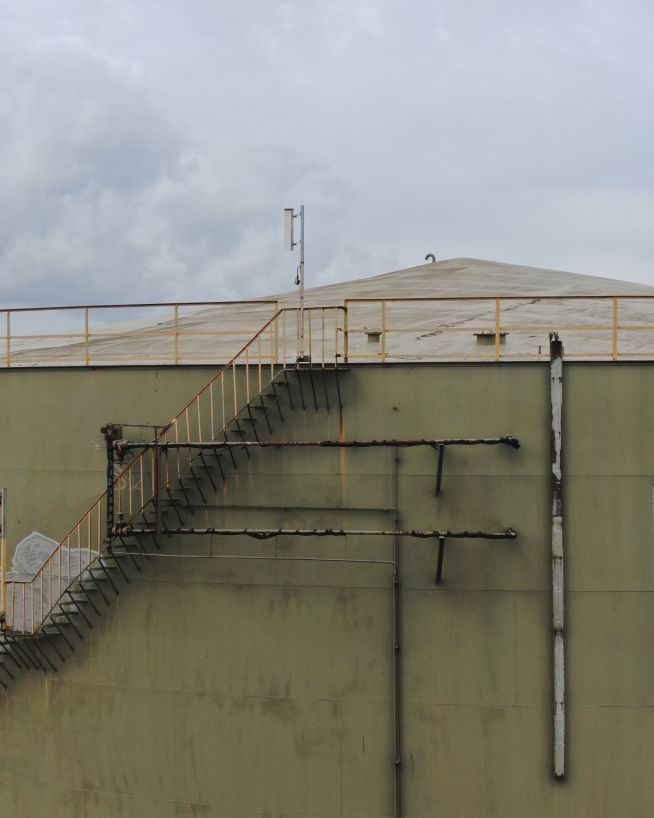
Get fast, usable data from a safe distance
Engineers With Drones is the first company in Ireland to hold the new EASA Specific Category authorisation. We are authorised by the Irish Aviation Authority (IAA) and the European Union Aviation Safety Agency (EASA) for commercial Unmanned Aerial Vehicle (UAV) operations in both urban and rural environments. Total transparency: our Specific Category Authorisation Number is IRL.UAS.AUTH1002.
All of our operations are insured in the EU and globally. We hold €6.5m public and product liability, €13m employer's liability and €1.3m professional indemnity (base level, coverage raised as required).
We are more than just drone pilots. If you're looking for overhead footage of your wedding reception, we're probably not right for you. Our backgrounds and our primary qualifications are in engineering, and it's here that we think we add the most value. We know what we're looking for, and we know how to find it. If you have a technical engineering problem that a drone can solve, we can understand you. Tell us what you need to see or find out, and our engineers will use their drone piloting skills to make it happen.
Yes. We're a local Irish company, and that's how we can respond so quickly to the needs of our Irish clients. We can be with you in next to no time, with the right equipment and certifications to operate them, whatever your location.
Optical zoom is a feature found in cameras that allows you to change the focal-length of the lens, which in turn magnifies the image. Unlike digital zoom, which simply enlarges the pixels of an image, optical zoom physically moves the lens elements to zoom in or out, resulting in a higher-quality, more detailed image.
Optical zoom is better than digital zoom for several reasons. Firstly, optical zoom maintains the image quality and sharpness because it captures more detail from the subject. In contrast, digital zoom often results in a pixelated, blurry image because it enlarges the existing pixels of an image, which degrades the quality.
Secondly, optical zoom allows you to get closer to your subject without physically moving closer, which can be useful in situations where you cannot or do not want to approach your subject closely. This can be especially helpful for wildlife photography or for taking photos of events from a distance.
Overall, optical zoom is a valuable feature that can help you capture high-quality, detailed images from a distance, making it a must-have for many photographers.

UHD or Ultra High Definition signifies that a camera's resolution is 3840x2160 pixels. This is exactly four time higher than high definition cameras (1920x1080 pixels), and so UHD is often also know as 4K. More about drone photography...